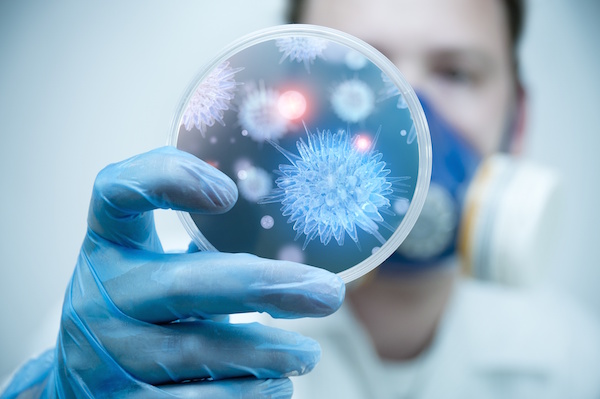
THURSDAY, March 14 (HealthDay News) — About one in every 50 heterosexual Americans living in poorer urban neighborhoods is infected with HIV, the virus that causes AIDS, the U.S. Centers for Disease Control and Prevention reported Thursday.
According to the CDC, the 2.3 percent infection rate among this population “is approximately five times” that of the general population, and more must be done to reach at-risk groups in poorer city neighborhoods.
One expert said the findings aren’t surprising. “We have been aware of the socio-economic link for quite some time,” said Janet Goldberg, executive director of the Program for AIDS Treatment & Health at The Brooklyn Hospital Center in New York City.
She said higher HIV infection numbers often point to deficiencies in “health, housing and financial” infrastructures in these communities, and “without the abilities to prioritize one’s health, engage in care, and maintain treatment, we cannot fight this epidemic.”
The study is published in the March 15 issue of the CDC’s journal Morbidity and Mortality Weekly Report.
In the study, researchers led by Isa Miles of the CDC’s National Center for HIV, STD and TB Prevention examined 2010 data from heterosexuals with household incomes at or below the federal poverty level, and/or with less than a high school education. The team looked at data on HIV infection rates for these populations in 21 cities nationwide. More than 70 percent of the people included in the study were black.
Blacks had higher rates of HIV infection than other racial/ethnic groups, the CDC report noted. Certain groups were at especially high risk, including crack cocaine users, people who have sex in exchange for either money or drugs, people with the lowest levels of income or education, and people living in poorer neighborhoods in cities in the Northeast or South.
More than one-fourth of people in the study had never been tested for HIV. Of those who had HIV, 44 percent had never been tested for the virus before.
In a journal editorial, CDC experts noted that getting tested for HIV is key to reducing risk behaviors and seeking appropriate care. To that end, the agency is currently supporting an extensive HIV testing outreach program in all of the urban centers included in the new analysis, and “in the first three years of this program, 2.8 million tests were conducted, and approximately 18,000 persons were newly diagnosed with HIV infection,” they wrote.
The findings support previous research showing that poorer, straight people are at increased risk for HIV infection. The authors of the new study said there is a critical need for HIV prevention and testing programs tailored to this group of people, as well as finding care for those who test positive for HIV.
In the editorial, CDC experts said that there is also a need to tackle social, economic and other factors that affect this group of people. This would include efforts to “reduce stigma and make HIV testing accessible, affordable, and culturally acceptable,” and boost accessibility to care and treatment. Such efforts “could lead to reductions in HIV incidence and health inequities,” the authors wrote.
More information
The U.S. National Institute of Allergy and Infectious Diseases has more about HIV/AIDS.

